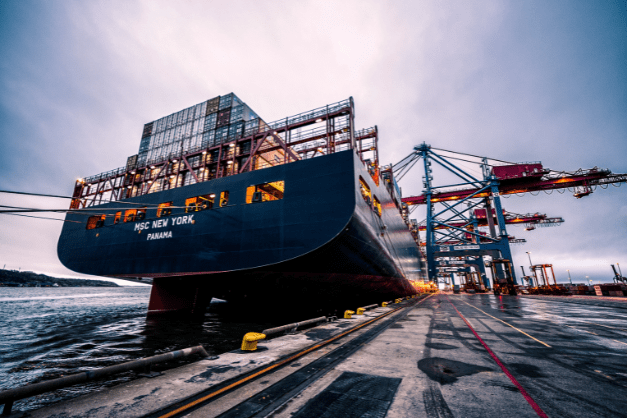In this article
We bid goodbye to the year 2022, which saw drastic change in fortunes within the supply chain industry, as bottlenecks improved dramatically over the year. The threat of COVID-19 has evolved to endemic status, even as the Russia-Ukraine conflict continues unabated. As we segue into 2023, what can the logistics industry look forward to? Here are a few trends logistics companies and players can expect in 2023.
Expect increased M&A activity in the logistics sector
As a result of onshoring and deglobalisation, thanks to the pandemic, players in the logistics and transportation sector are pumping more money into local businesses that help upgrade supply chains. Logistics stakeholders are also building contingency plans to mitigate risks in case of another disruption similar to COVID and the capacity constraints it created. As a result, a PwC report predicts sustained mergers and acquisition deal activity in this space.
Expect an increase in sustainable shipping
As environmental regulations and laws crop up, 2023 will probably see more and more companies focusing on sustainable practices. This pattern should persist through 2023 and beyond given that the U.S. Securities and Exchange Commission now mandates that public corporations include climate-related disclosures, including risks connected with climate change, in their annual report.
Expect more investments in smart and digital logistics implementations
According to an Accenture study, 91% of logistics companies acknowledge that customers are now asking for end-to-end logistics services handled by a single provider. To this end, 2023 may probably see logistics players incorporating more digital solutions.
How to prepare for change in the industry
In order to drive fast and meaningful business impact, logistics players can look toward software solutions to provide real-time visibility into various business operations and processes. As carrier cycles normalize and we emerge from the shadow of COVID-19, players across the supply chain and logistics sectors can look forward to more streamlined, digital processes. With greater visibility and data-driven decision-making, businesses are likely to get greater bang for their buck.
Ultimately, the logistics and transportation sectors have always evolved with time, and this trend will continue as we enter an economy that faces the threat of recession in 2023. Resilience, efficiency, dependability, speed, and quality are still the desired outcomes, and digitization is one strategy to facilitate these qualities that companies can rely on.
